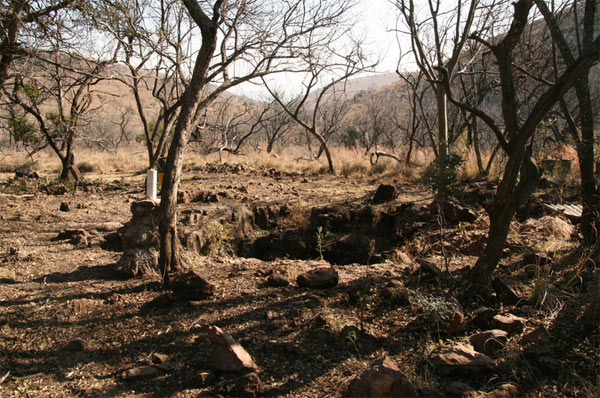Archaeologists to seek remains of new human species in South African Cave
The National Geographic’s expert explorer, Lee Berger of South Africa’s University of Witwatersrand, is about to launch a new expedition of an elaborate cave system in South Africa. The aim is to recover recently discovered fossils of a completely new species of human ancestor. It is hoped that the recovery of the fossils will answer important questions about humanity’s origins such as: what did our ancestors look like? How are we all related? And who exactly were our ancestors?
Berger’s team created a media storm back in 2010 when they discovered two skeletons of a new, two-million-year-old hominid species the scientists named Australopithecus sediba in the Malapa Cave, northwest of Johannesburg. The latest discovery was made just a few miles away in the Rising Star cave system and now the team are returning to recover the fossils which belong to a species that is not yet known.
"Our aim is to get the fossils out carefully, study them, compare them to other fossil material from around the world, and then proceed to analyze and describe them," said Berger.
Excavations in South Africa have added many pieces to the jigsaw puzzle of human evolution, beginning with the discovery of a small skull in 1924 by Raymond Dart. Dart believed the skull was too primitive to be placed in our own genus Homo, so he gave it in a new genus name: Australopithecus, or “southern ape.” The Australopithecus genus walked on two legs but had more primitive anatomy and smaller brains than members of the Homo genus.
Many other specimens of Australopithecus have since been recovered in southern and eastern Africa, dating from between four million and two million years ago. The most famous of these is "Lucy," a 2.8 million-year old skeleton discovered at Hadar in Ethiopia in 1974—still one of the most complete hominid skeletons ever found.
Berger believes that his latest fossil discovery belonging to the newly named Australopithecus sediba species could very well be the most recent ancestor to the Homo genus. This is based on a number of characteristics, some which are more humanlike that those seen in Homo habilis, considered by many scientists to be the earliest member of our genus. At the same time, Australopithecus sediba also shows similarities to much more primitive primates.
Researchers have spent decades trying to trace back the family tree of modern humans. However, the problem comes when new discoveries, such as Berger’s, do not serve to clarify the picture but rather to muddy the waters even further. Each ancient species appears to have unique combination of traits that make them seem so close and yet so far from being a true human ancestor.
The fact that A. sediba was a completely unknown species until just a few years ago, shows us how much we don’t know and how much more there must be to discover. Berger stresses that our understanding of human evolution is nowhere near complete. We haven't even finished looking at the things we thought we knew, he says.



















